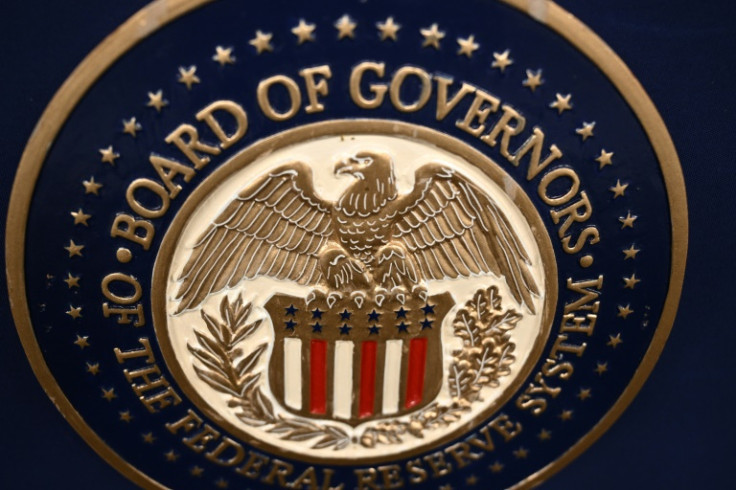Expected Fed Rate Cuts Won't Have Much Impact On Mortgage Market, Says Gary Cohn

The Federal Reserve is expected to cut rates this week, but it may not have that much sought-after impact on the mortgage market and may not even provide relief to homebuyers who are facing high borrowing costs, said Gary Cohn, who served as chief economic adviser to former President Donald Trump.
"Unfortunately, I think those rates have already priced in what the Fed is going to do," Cohn said Sunday on CBS's Face the Nation. "I do not see a major impact to the mortgage market or credit-card financing or anything else by the Fed starting to drop rates this week."
Since the U.S. economy is starting to show signs of weakness, policymakers are expected to ease rates once they meet in September. While inflation determinants have already cooled, home prices are still high, rendering many Americans still unable to afford one. In addition, high borrowing costs also deter many homebuyers.
A recent Freddie Mac data showed that the average for a 30-year fixed loan is at 6.2%, which was lower from 6.35% in the week earlier.
Cohn also noted that credit card delinquencies add enormous pressure to consumers. "We're starting to see softness in the economy, softness in the job market," he said.
Last week, data from the Bureau of Labor Statistics showed that the producer price index (PPI) rose by 0.2% in August. The data was in line with the expectations of Dow Jones analysts.
It also showed that the prices wholesalers pay were cooling along with the prices consumers pay, as indicated by Wednesday's CPI rate of 2.5%.
The Fed started hiking rates in 2022 in response to a surge in inflation, driven largely by a post-pandemic supply crunch and the war in Ukraine. It has held its key lending rate at a two-decade high of between 5.25 and 5.50 percent for the past 14 months, waiting for economic conditions to improve.
Now, with inflation falling, the labor market cooling, and the U.S. economy still growing, policymakers have decided that conditions are ripe for a cut.
While analysts overwhelmingly expect the Fed to start cutting in September, there is less clarity about what comes next.
The Fed will shed some light on the issue Wednesday when it publishes the updated economic forecasts of its 19-member rate-setting committee, including their rate cut expectations.
In June, FOMC members sharply reduced the number of cuts they had penciled in for this year from a median of three down to just one amid a small uptick in inflation.
© Copyright IBTimes 2025. All rights reserved.




















